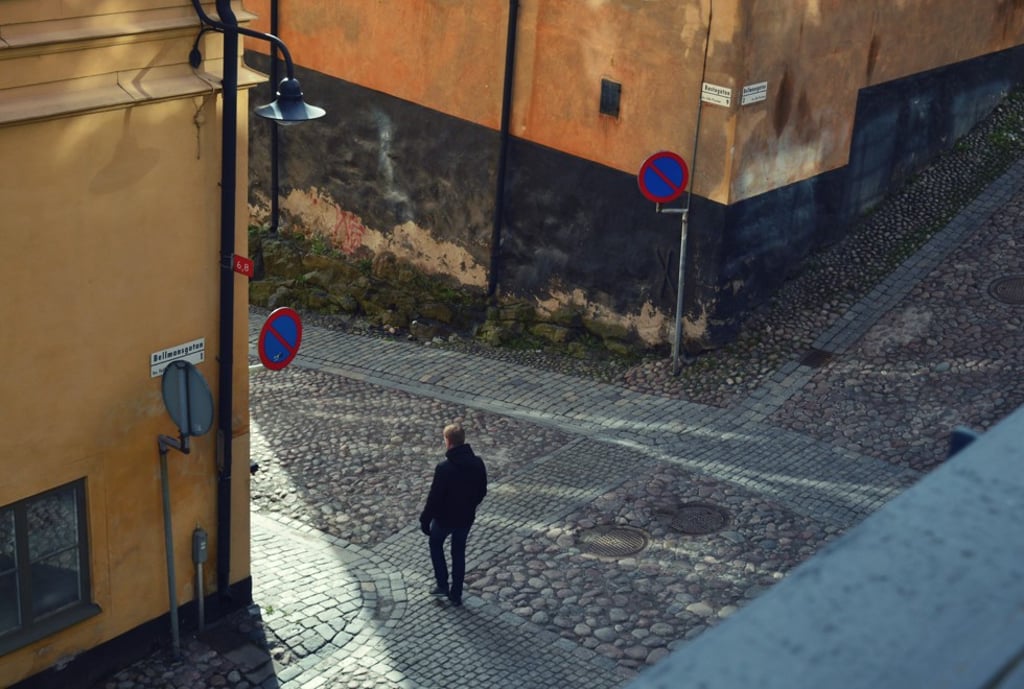How Södermalm in Stockholm went from gritty suburb to hipster hangout
The birthplace of Scandi-noir ranks as the Swedish capital’s coolest neighbourhood, but was once a down-at-heel suburb – where to eat, drink and shop, and what to see, when you’re there

Gentrification knows no borders. London has Shoreditch, Paris has Belleville, San Francisco has Soma, and – closer to home – Kennedy Town has smartened up considerably since when it was more “other side of the tracks” than simply the end of the tram line. And so it is with Stockholm’s Södermalm, or Knifsöder, as it was once called, in reference to switchblade gangs that robbed the unwary on its formerly mean and poorly lit streets.
With an influx of capital and talent since 2000, Södermalm has become the stamping ground of choice for Swedish hipsters, and today it is associated with IT start-ups, luxury lofts, lavish beards, artisanal this-and-that and peculiar flavours of coffee. But this is only a partial – and recent – picture. There is so much more to this historic chunk of the Swedish capital.
The most famous Södermalm resident was 18th-century poet and composer Carl Michael Bellman. In addition to high-brow and cerebral content, his oeuvre is packed with morality tales about local bordellos and pleasures of the flesh, drinking and the joys of intoxication, and the lawless nature of the impoverished district in which he lived and worked.
Bellman reached a wide audience and his bawdy observations, juxtaposed against his lucid musicality, even found favour with the monarch of the day, King Gustav III, who became one of his patrons. He remains among Stockholm’s most celebrated (and, in schools and colleges, studied) native sons. Moreover, Bellman has had a huge influence on Swedish literary, musical and poetic traditions, and his home’s exterior stands largely unchanged, centuries on. The street on which it is located, Bellmansgatan, is one of Stockholm’s most architecturally pleasing, and its most famous (if fictional) resident of recent years must be Mikael Blomkvist, the journalist-turned-sleuth who the world came to know through Scandi-noir author Stieg Larsson’s The Girl With the Dragon Tattoo (2005).

